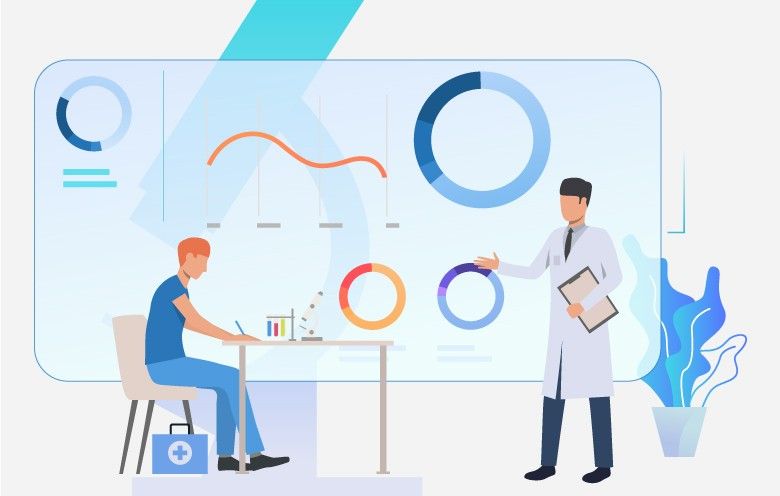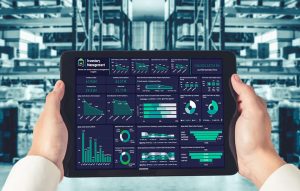In the drive to improve outcomes and efficiency, healthcare organizations are turning to data more than ever before. But the sheer diversity and volume of the data generated within even a mid-sized health care facility can quickly become overwhelming. Some of the other common challenges include –
- Data is spread across multiple systems
- A lot of time is spent manually creating reports
- Difficulty in explaining reports
- Decentralized reports
- Security concerns
This is why Tableau’s data visualization tool is receiving tremendous attention in many industries, including healthcare. Tableau healthcare analytics is the solution to the problem of healthcare information overload as it helps in creating various types of dashboards. Using this tool, you can prepare, clean and format data of all sorts and ranges and then create a dashboard with that data to obtain actionable insights.
Moreover, healthcare dashboards in Tableau can be used for various purposes, such as strategy analysis and execution, data comprehension, performance improvement, performance reviews, and scope opportunities. Check out four key benefits of dashboards in healthcare:
- Helps to access data, understand it
- Enables you to easily measure healthcare KPIs
- Predict trends to which the business market is going and highlight its movement
- Prioritize the most important information from the derived insights
Data360 Program = Customized Consulting + Services
4 types of Tableau healthcare dashboards to achieve operational excellence
Healthcare organization dashboard
You can create a healthcare dashboard in Tableau for perfectly demonstrating high-level performance and benchmarking data to the upper management team. It also compresses huge data sets like admission numbers, financial data and departmental metrics for a clear idea of hospital performance. Besides, the healthcare organization dashboard can also help executives who strategize the facility management in making impactful decisions.
Clinician dashboard
You can also create a clinician dashboard that offers a clear view of how a department is managing its demands, with the ability to visualize both macro and microdata. Here is a macro example; a health network can track its doctors according to geography. The dashboard shows that all dermatologists are located in the northwestern U.S., while most patients are in the Southwest, with the issue that needs to be addressed. Here is a micro-level example; organizations can inspect individual employees, based on their clinician communication, referrals, patient satisfaction, prescriptions, revenues, costs, performance, etc.
Now, if a patient relationship manager reports to an administrator about what’s happening on the floor — that’s when a clinician dashboard is necessary. These dashboards are used by nurses, doctors and medical officers to track patient-per-clinician ratios, staffing, nurse practitioner, specialty types as well as assistant work hours, etc.
Patient feedback dashboard
Rightly named, this dashboard covers patients’ experience, like the ease of stay ratings, satisfaction rates, wait times, etc. It enables organizations to identify strengths as well as weaknesses of patient services and assess performance compared to industry standards. With gathered patient surveys, you can create a patient perception dashboard that provides insights into healthcare facilities. If you have this information in hand, it gives end-to-end visibility to healthcare processes and will remind the importance of keeping patients and families involved in the process of delivering care.
Donation dashboards
Like universities, a lot of hospitals depend on donations. Apart from the obvious tax benefits, hospitals want to position themselves as medical pioneers to pull in and merit charitable gifts. A dashboard to monitor donations helps to track incoming funds, trends in giving, major donors and donation directives. By using this dashboard, hospitals can make financial estimations, improve fundraising performance and even set budgets.
Conclusion
These are a few healthcare dashboard templates that can commonly facilitate you to aid strategic decision-making. As long as your dashboards support understanding and analysis of the big data flowing through your healthcare system, you are moving in the right direction. If you want any help in developing a Tableau dashboard for your organization, get in touch with our Tableau developers.









